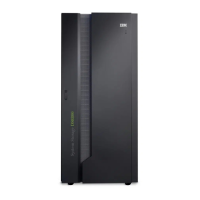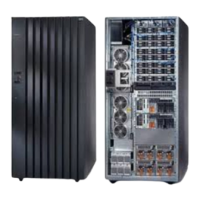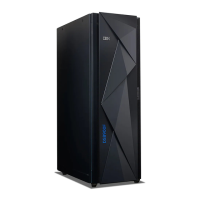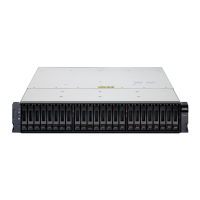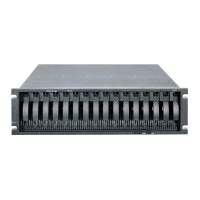Particulate contamination
Data centers must meet the cleanliness level of ISO 14644-1 class 8. For
data centers without airside economizers, the ISO 14644-1 class 8
cleanliness can be met by selecting one of the following filtration methods:
v The room air can be continuously filtered with MERV 8 filters.
v Air entering a data center can be filtered with MERV 11, or preferably
MERV 13 filters.
For data centers with airside economizers, the choice of filters to achieve
ISO class 8 cleanliness depends on the specific conditions present at that
data center. The deliquescent relative humidity of the particulate
contamination must be more than 60% RH
4
. Data centers must be free of
zinc whiskers
5
.
1. ANSI/ISA-71.04.1985. Environmental conditions for process measurement and control
systems: Airborne contaminants. Instrument Society of America, Research Triangle
Park, NC, 1985.
2. The derivation of the equivalence between the rate of copper corrosion product
thickness growth in Å/month and the rate of weight gain assumes that Cu
2
S
and Cu
2
O grow in equal proportions.
3. The derivation of the equivalence between the rate of silver corrosion product
thickness growth in Å/month and the rate of weight gain assumes that Ag
2
S is
the only corrosion product.
4. The deliquescent relative humidity of particulate contamination is the relative
humidity at which the dust absorbs enough water to become wet and promote
corrosion, ion migration, or both.
5. Surface debris is randomly collected from 10 areas of the data center on a 1.5
cm diameter disk of sticky, electrically conductive tape on a metal stub. If
examination of the sticky tape in a scanning electron microscope reveals no zinc
whiskers, the data center is considered free of zinc whiskers.
Cooling the storage complex
You can take steps to optimize the air circulation and cooling for your storage
systems.
About this task
To optimize the cooling around your storage systems, prepare the location of your
storage systems as recommended in the following steps.
Note: The installation of a storage system is done by technical service
representatives. However, the following steps describe the process that is needed to
optimize the air circulation and cooling for your storage systems.
1. Prepare for the installation of the storage system on a raised floor. Although the
storage system can be installed on a nonraised floor, installing the storage
system on a raised floor provides increased air circulation for better cooling.
2. Install perforated tiles in the front of each base frame and expansion frame as
follows:
a. For stand-alone base frames, install two fully perforated tiles in front of
each base frame, as shown in Figure 32 on page 168 in the single-machine
examples (▌1▐ and ▌2▐ in the figure).
b. For a row of storage systems, install a row of perforated tiles in front of the
storage systems as shown in Figure 32 on page 168 (▌3▐ in the figure).
Chapter 6. Delivery and installation requirements 167
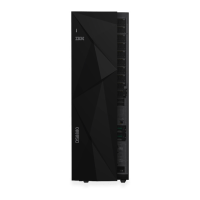
